65 pages • 2 hours read
Ed. Lyndon J. Dominique, AnonymousThe Woman of Colour: A Tale
Fiction | Novel | Adult | Published in 1808A modern alternative to SparkNotes and CliffsNotes, SuperSummary offers high-quality Study Guides with detailed chapter summaries and analysis of major themes, characters, and more.
Symbols & Motifs
The Pagoda
Content Warning: This section of the guide refers to enslavement and discusses scenes from the source text that include racist sentiments and language.
The Pagoda, the home of the Ingot family, represents the indiscriminate appropriation of Eastern cultures by white British colonizers. The structure itself is a hodgepodge of several different architectural styles. According to Olivia, it lacks “the bells which usually decorate the Chinese buildings, from whence its name is derived” (108), but otherwise resembles an actual pagoda, which is odd, considering that the Ingots were in India, not China. Olivia calls Sir Marmaduke the “eastern nabob” (108)—that is, someone who returned from India with a fortune—and he appears to be quite determined to show it off through the ostentatious exoticism of a building that does not at all fit the English countryside. That, however, does not appear to trouble Sir Marmaduke, whose scheme to change the route of the turnpike shows his willingness to alter the landscape according to his wishes and tastes, much as colonizers did throughout the British Empire.
Olivia’s calling the Pagoda “the temple of folly” (108) suggests several related ways to read the structure. One is in terms of an architectural “folly,” a building that is intended to decorate a garden and yet is so extravagant as to become a focus in itself.
Related Titles
By these authors

Arabian Nights
Anonymous
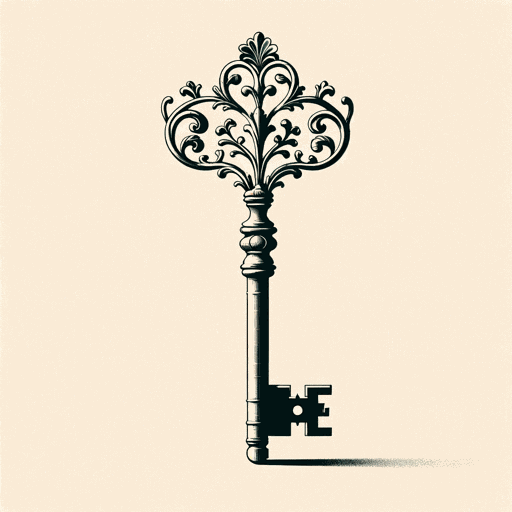
Arden of Faversham
Anonymous

A Woman in Berlin
Anonymous

Bible (New Testament): English Standard Version
Anonymous
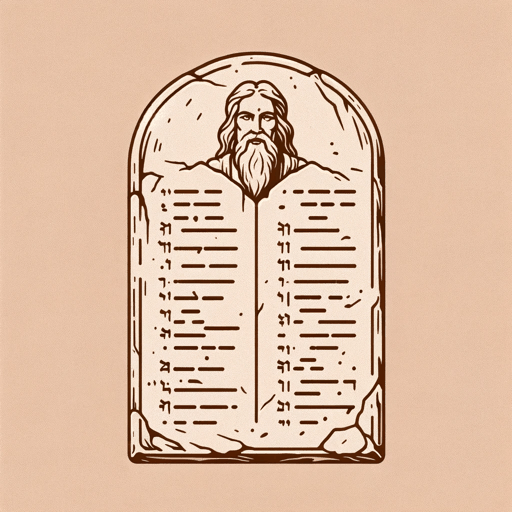
Bible: Old Testament: English Standard Version
Anonymous

Deuteronomy
Anonymous

Diary of an Oxygen Thief
Anonymous
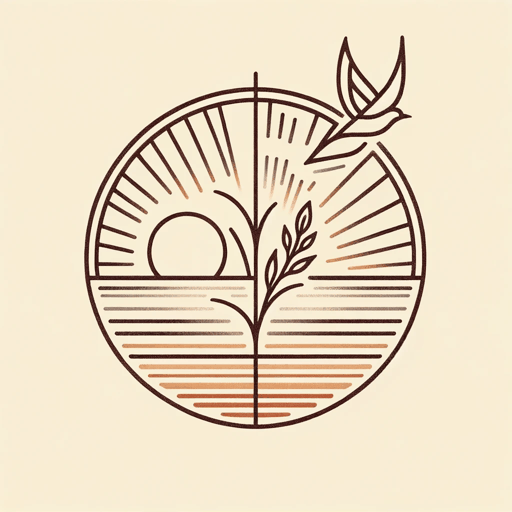
Do Not Stand at My Grave and Weep
Anonymous
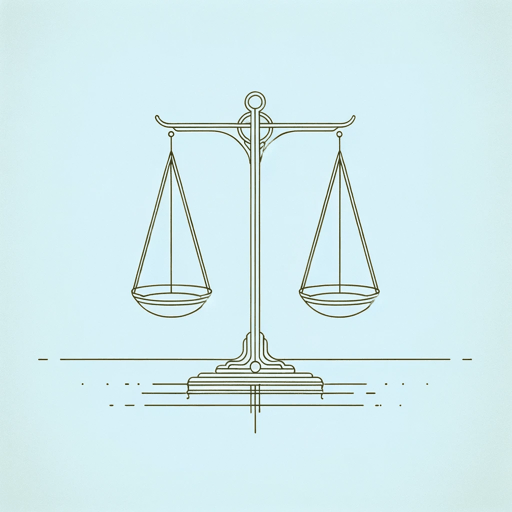
Everyman
Anonymous

Hebrew Bible
Anonymous

Holy Bible
Anonymous
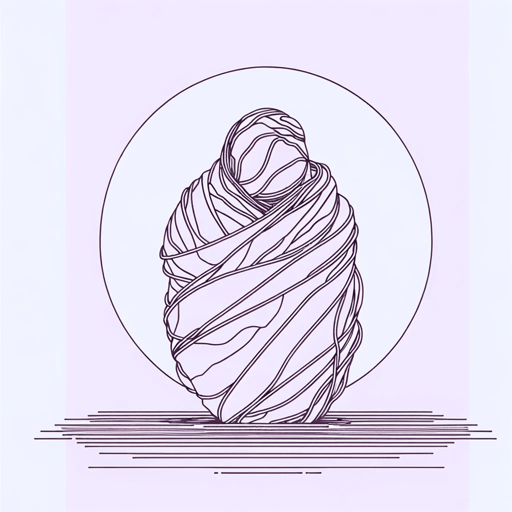
Homeric Hymns
Anonymous
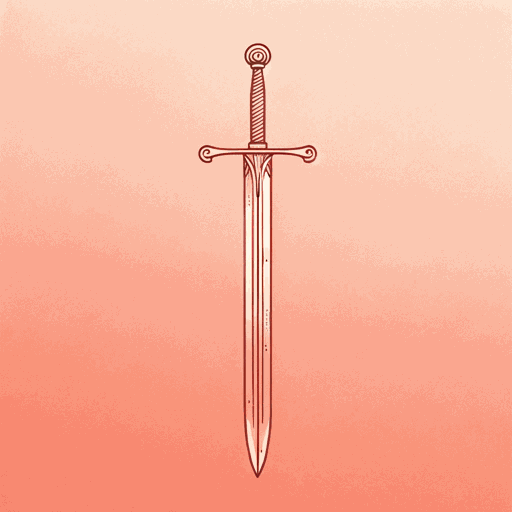
Judith
Anonymous

Laxdaela Saga
Anonymous
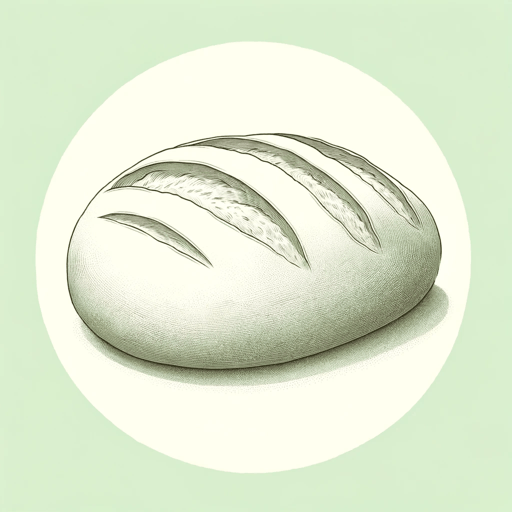
Lazarillo De Tormes
Anonymous

Mahabharata
Anonymous
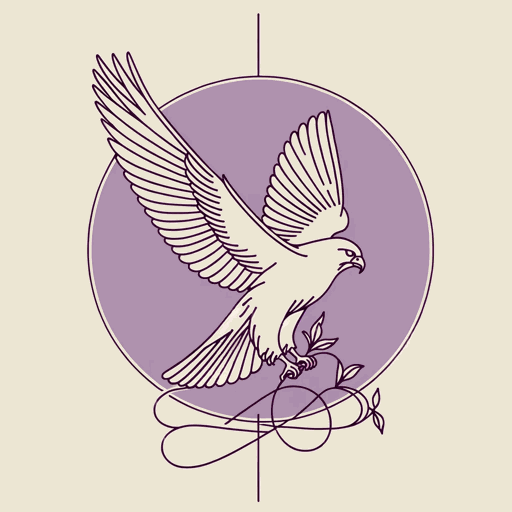
Nibelungenlied
Anonymous
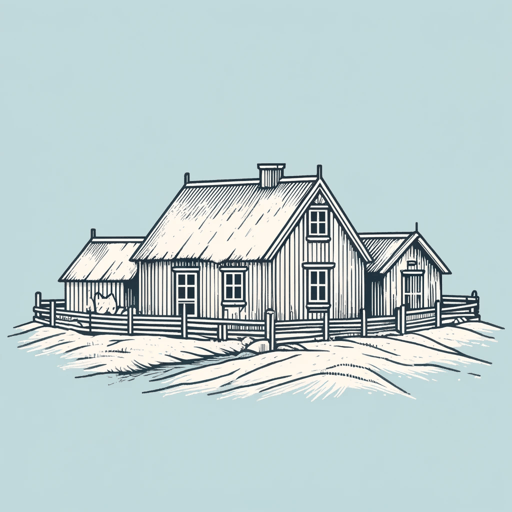
Njals Saga
Anonymous

One Thousand and One Nights
Anonymous

Popol Vuh
Anonymous
Featured Collections
Black History Month Reads
View Collection
Books that Feature the Theme of...
View Collection
Colonialism & Postcolonialism
View Collection
Colonialism Unit
View Collection
Equality
View Collection
Fate
View Collection
Historical Fiction
View Collection
Marriage
View Collection
Valentine's Day Reads: The Theme of Love
View Collection

